For Education Leaders
Get proven strategies and expert analysis from the host of the Learning Can't Wait podcast, delivered straight to your inbox.
Virtual Staffing
Fill Teacher Vacancies in Days
- State-certified experts averaging 15+ years experience
- Fully aligned to your curriculum & standards
- Scalable, cost-effective hybrid solutions
6 Proven Online Teaching and Learning Strategies

The Covid-19 pandemic forced many districts to pivot to online instruction, which required not only technological adaptations but also necessitated new methods to keep students engaged and ensure learning continued effectively. This experience, despite the challenges, showed the potential for virtual learning to be a strong substitute for traditional classroom, provided that we use effective strategies.
Want to enhance student engagement and improve learning outcomes in your virtual classrooms? Schedule your free consultation today and discover how Fullmind’s experienced educators can help you implement proven strategies to thrive in any online learning environment.
Key Takeaways
- Leveraging Prior Knowledge: Activating students’ existing knowledge and experiences enhances their understanding and retention of new information. This can be achieved through tools like KWL charts and targeted questioning.
- Promoting Cooperative Learning: Online platforms can facilitate collaboration and interaction among students, which are crucial for building social skills and confidence. Clear expectations and structured pacing are key to successful cooperative learning.
- Utilizing Visual Tools: Graphic organizers are effective in helping students process and retain information by providing visual and verbal representation of concepts. They should be chosen carefully to fit the lesson and modeled for students to use independently.
- Fostering Personal Connections: Personal connection journaling makes learning more relevant by encouraging students to relate lessons to their own lives. This strategy helps deepen understanding and engagement, provided the topics are carefully selected to maintain privacy and relevance to the curriculum.
Let’s explore six essential strategies that can help teachers and students thrive in a virtual learning environment, ensuring that educational outcomes remain high.

The six strategies for online teaching and online learning include:
1. Activate Prior Student Knowledge
Students bring a wealth of background knowledge and experiences to their learning, which can be leveraged to enhance their understanding of new topics. Teachers can activate the prior knowledge of their students online by sharing their own thoughts or experience in a particular subject, then encourage students to do the same. Activating prior knowledge helps students make connections with new information, enriching their comprehension and retention.
How to Implement:
- KWL Charts: Use "Know-Want to know-Learn" charts to initiate class discussions.
- Targeted Questions: Pose specific questions to help students brainstorm and recall what they already know.
- Building on Previous Lessons: Refer to details from prior lessons to create a continuity in learning.
2. Embracing Cooperative Student Learning
One concern with online learning is the potential loss of personal connections and collaboration. However, technology can actually foster these interactions. Virtual platforms offer tools like group chats and online polls, enabling students to work together effectively. Cooperative learning allows students to take ownership of their lessons, gain confidence while working in groups, and develop social skills independently.
How to Implement:
- Clear Expectations: Define individual and group roles clearly.
- Combined Grading: Use a mix of group and individual grades to assess projects.
- Structured Pacing: Set deadlines for different stages of a project to keep students on track.
3. Utilizing Graphic Organizers for Teaching
Graphic organizers allow students to process information both visually and verbally. They help students sort, organize, summarize, retain, and recall important information—all of which helps students brainstorm and interact with each other effectively. This is extremely useful when teaching in a non-traditional environment since it gives students an extra tool to help understand the subject matter. Graphic organizers are most impactful when used to promote a big-picture idea of what the students will learn during a lesson. Infographics, Venn diagrams, and timelines are examples of graphic organizers that can be helpful to start out the lesson, or to have students complete their own graphic organizer throughout the course of the lesson.
How to Implement:
- Select Appropriate Tools: Choose graphic organizers that best fit the lesson, such as Venn diagrams or timelines.
- Model Usage: Demonstrate how to use these tools before asking students to complete them independently.
- Encourage Independent Use: Once familiar, have students use graphic organizers on their own to solidify understanding.
4. Personal Connection Journaling
Journaling personal connections to the subject matter makes learning more relevant and engaging for students. By relating lessons to their own lives, students can deepen their understanding and find greater meaning in their studies.
Relevance, of course, is the key here. Take for example a common thought about algebra: when a student can’t connect it to anything in their personal life, they have trouble understanding why they must learn it. Giving students the tools to create real-world connections with subjects will make them more apt to understand the lessons and find ways to connect it to their everyday lives.
How to Implement:
- Writing Prompts: Develop prompts that guide students to make curriculum-related connections.
- Curriculum Relevance: Ensure that journaling topics relate directly to the lessons being taught.
- Sensitivity to Privacy: Avoid topics that might lead to the disclosure of uncomfortable personal information.
5. Engaging Through Role Plays with Students
Role plays can bring lessons to life and are particularly adaptable to a virtual setting. Students can create video role-plays using digital tools, enhancing both their understanding of the subject and their creative and technical skills.
How to Implement:
- Comfortable Participants: Start with students who are more comfortable performing to set an example.
- Clear Expectations: Define the behavior and outcomes expected during role-plays.
- Creative Freedom: Provide specific directions but allow students the freedom to explore and solve challenges creatively.
6. Conducting Socratic Class Discussions
Socratic discussions encourage deep thinking and reasoned arguments, essential for developing critical thinking skills. This is incredibly important in an online setting, since classes may only meet for a short amount of time throughout the day. Beginning the day off with a Socratic discussion will give students the right starting point to dive into their lessons.
Socratic discussions can be student-led or teacher-led, but the ultimate goal of each would be for students to gain a greater understanding of the topic by asking and answering logical, incremental questions relating to one overall, complex idea.
How to Implement:
- Open-Ended Questions: Use questions that provoke thought and require detailed answers.
- Follow-Up Questions: Respond to student answers with further questions to keep the discussion dynamic.
- Peer Interaction: Encourage students to ask questions and engage with each other’s responses.
Conclusion
Engaging students in an online environment is a blend of leveraging technology and applying solid pedagogical principles. By implementing these strategies, teachers can create an immersive and effective virtual learning experience, ensuring that students continue to thrive despite the challenges of remote education.
For Education Leaders
Get proven strategies and expert analysis from the host of the Learning Can't Wait podcast, delivered straight to your inbox.
Let’s Work Together
We’ll review your application and get in touch!




.webp)











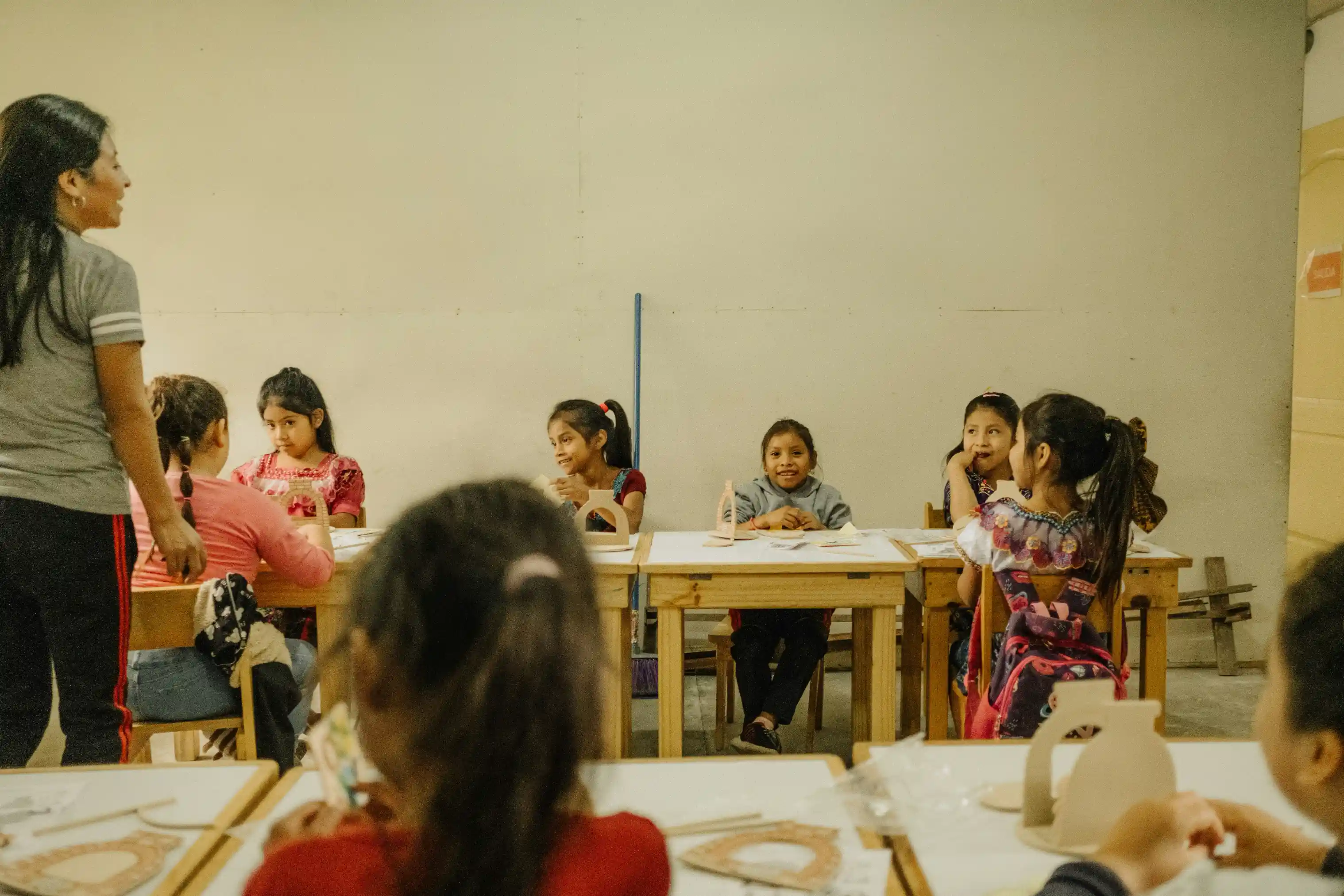

.webp)















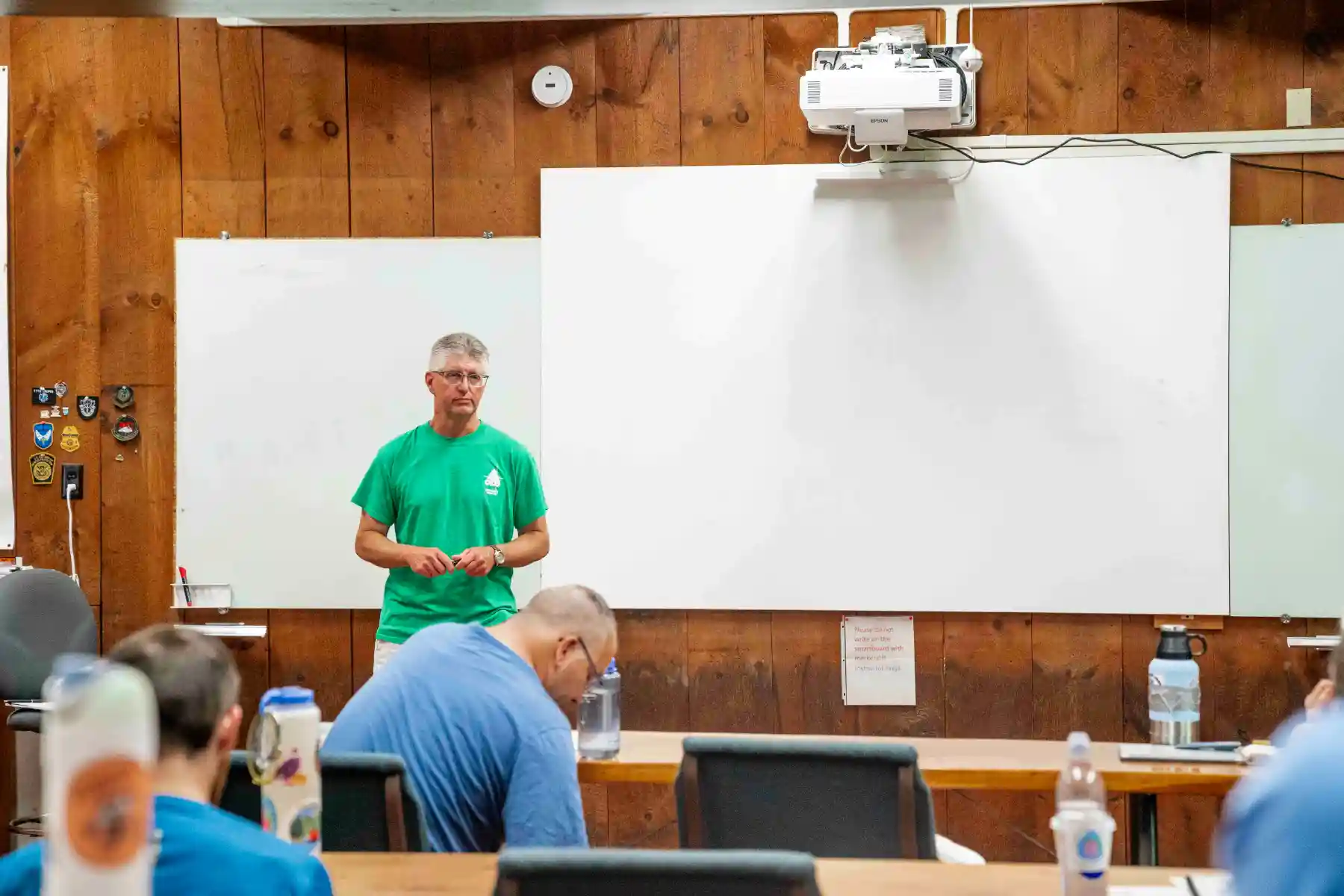











.webp)



%20.webp)



















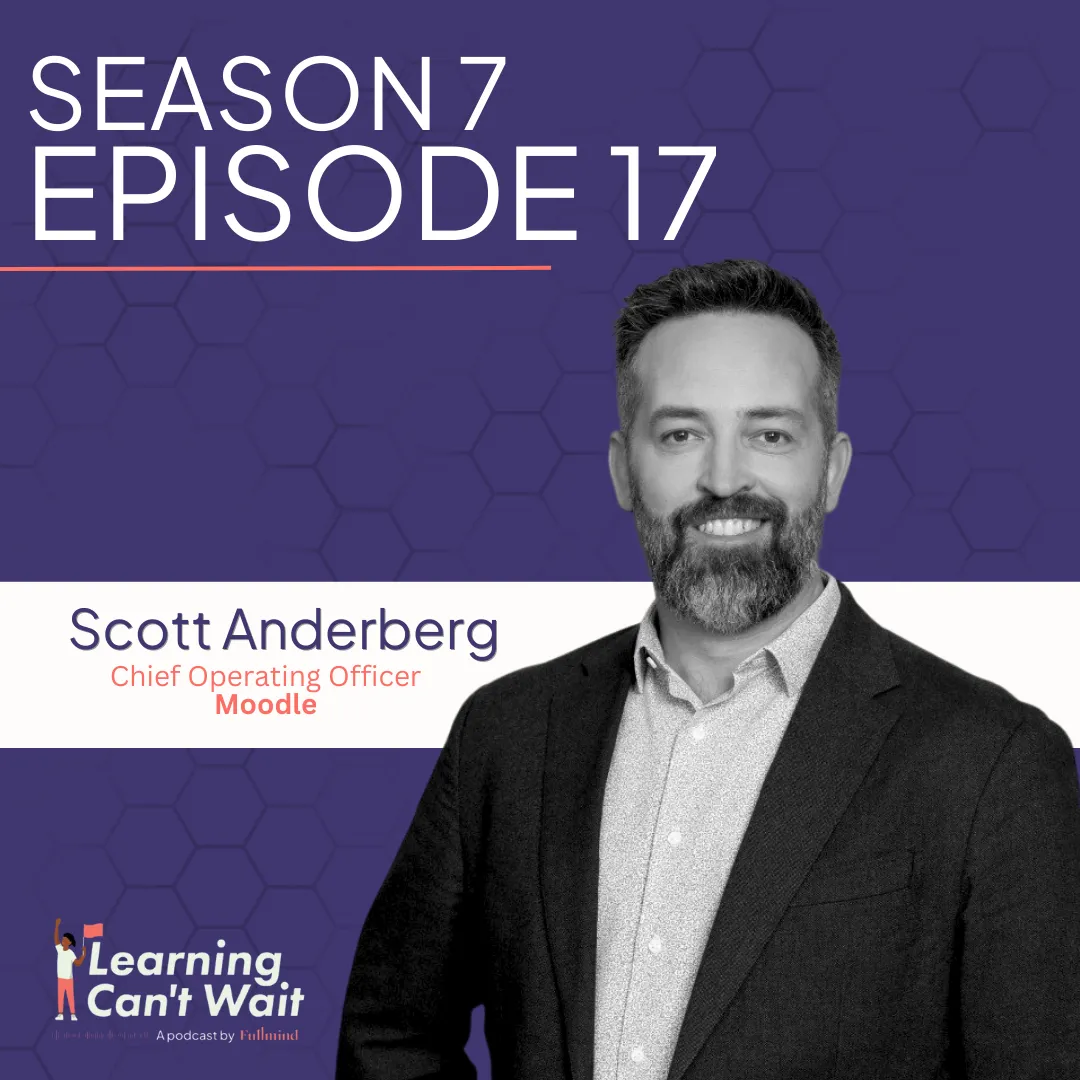
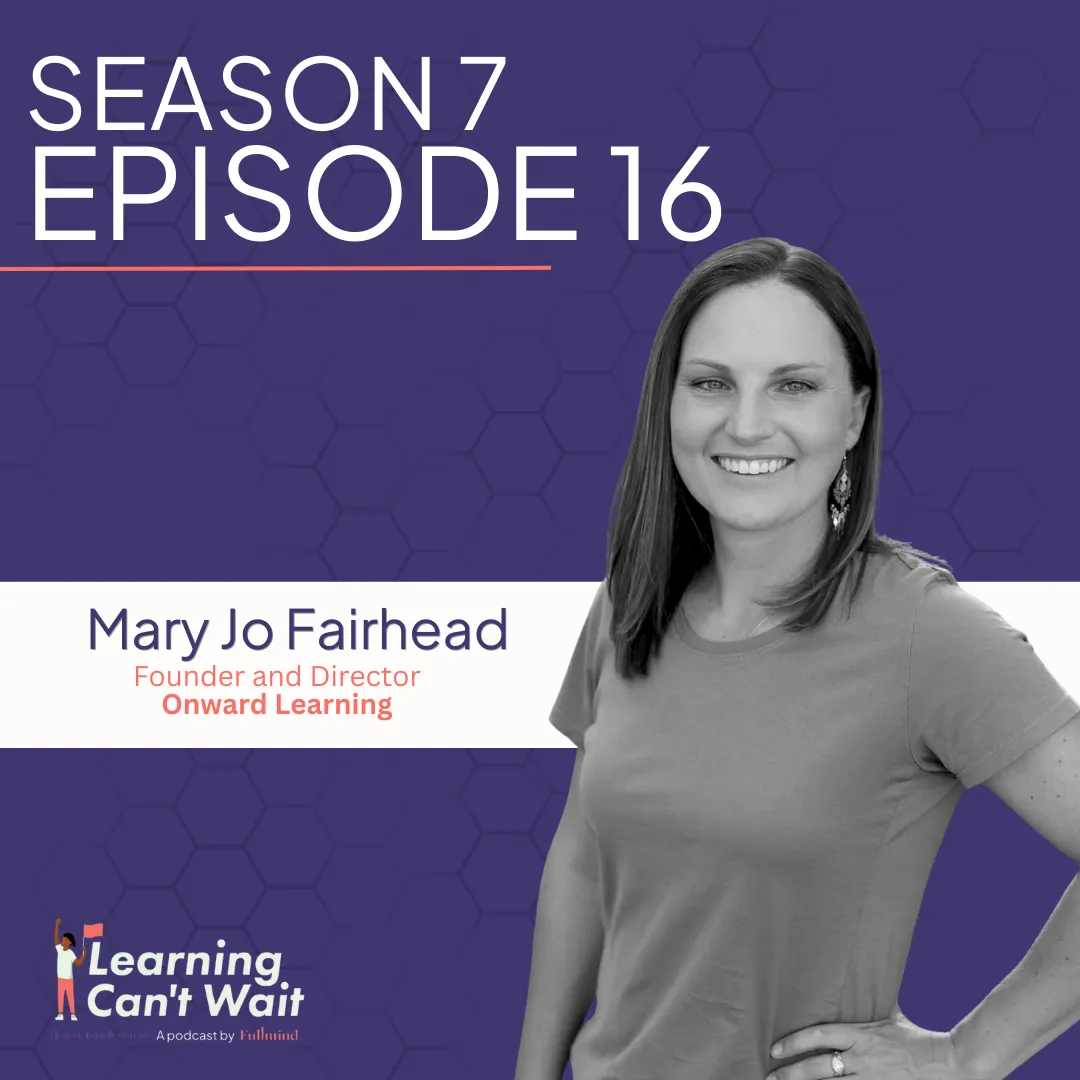
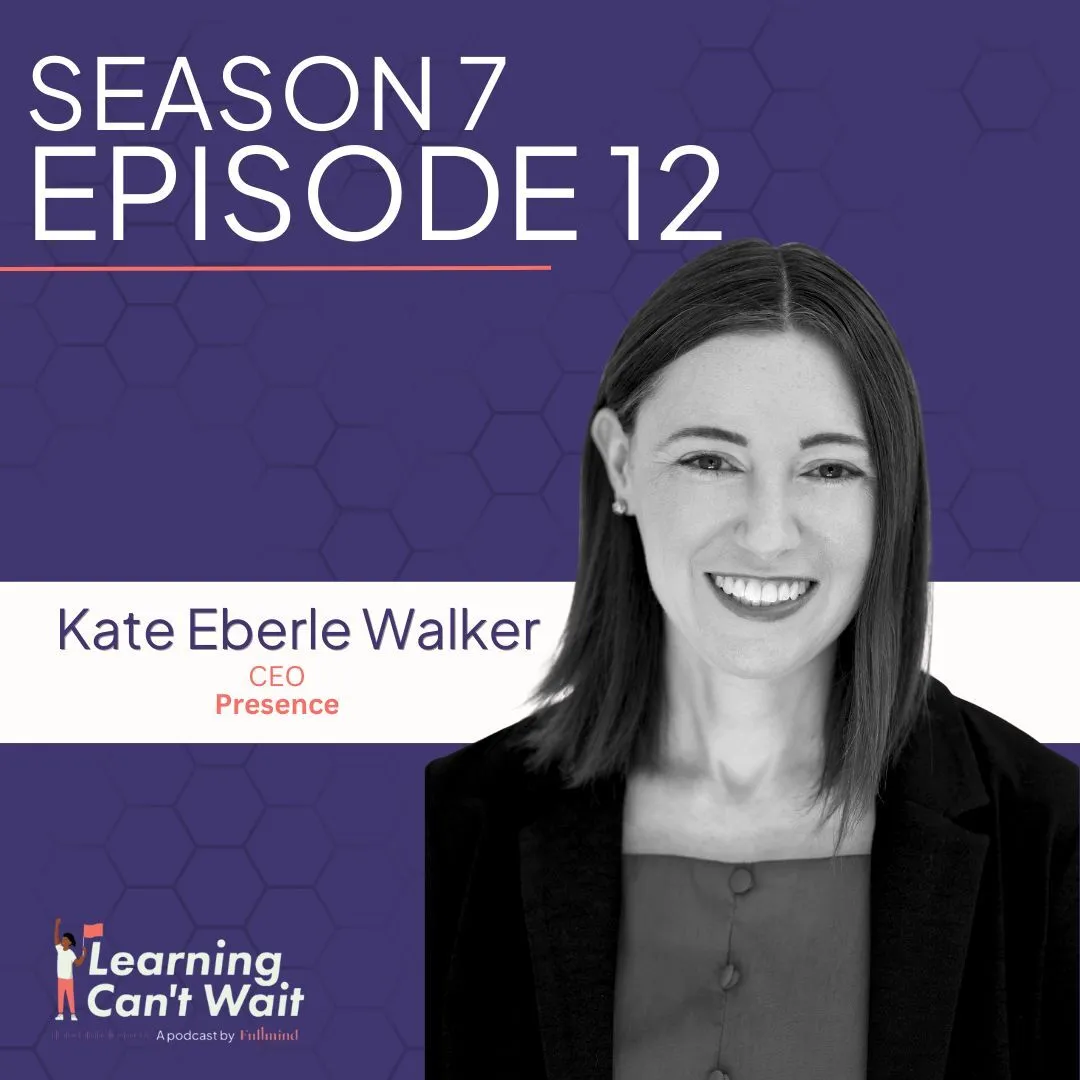


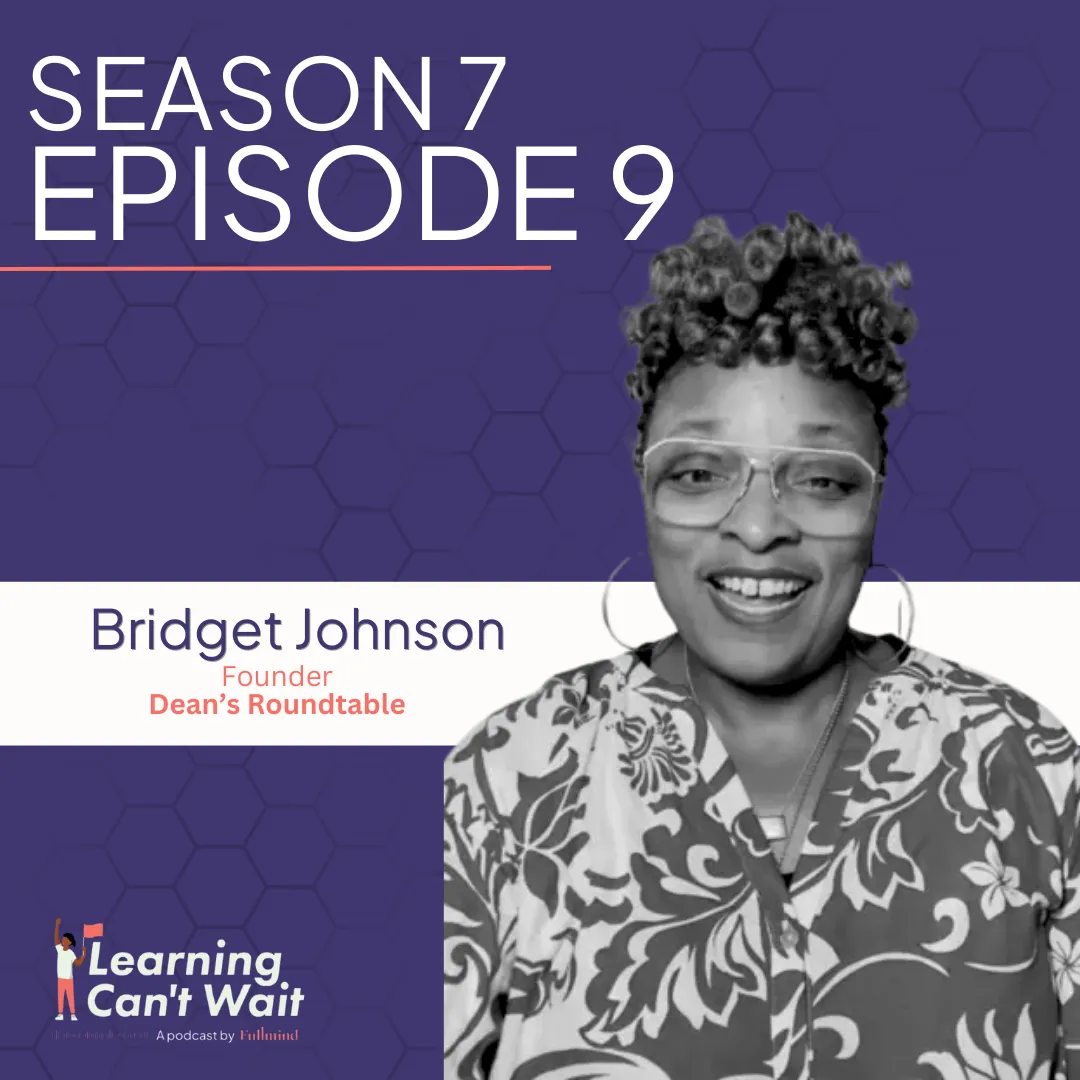










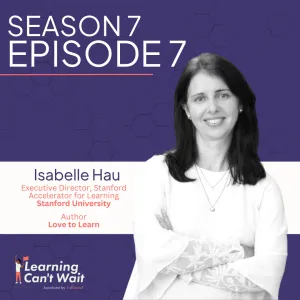

.webp)
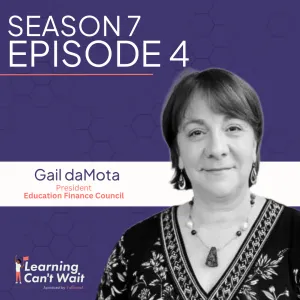
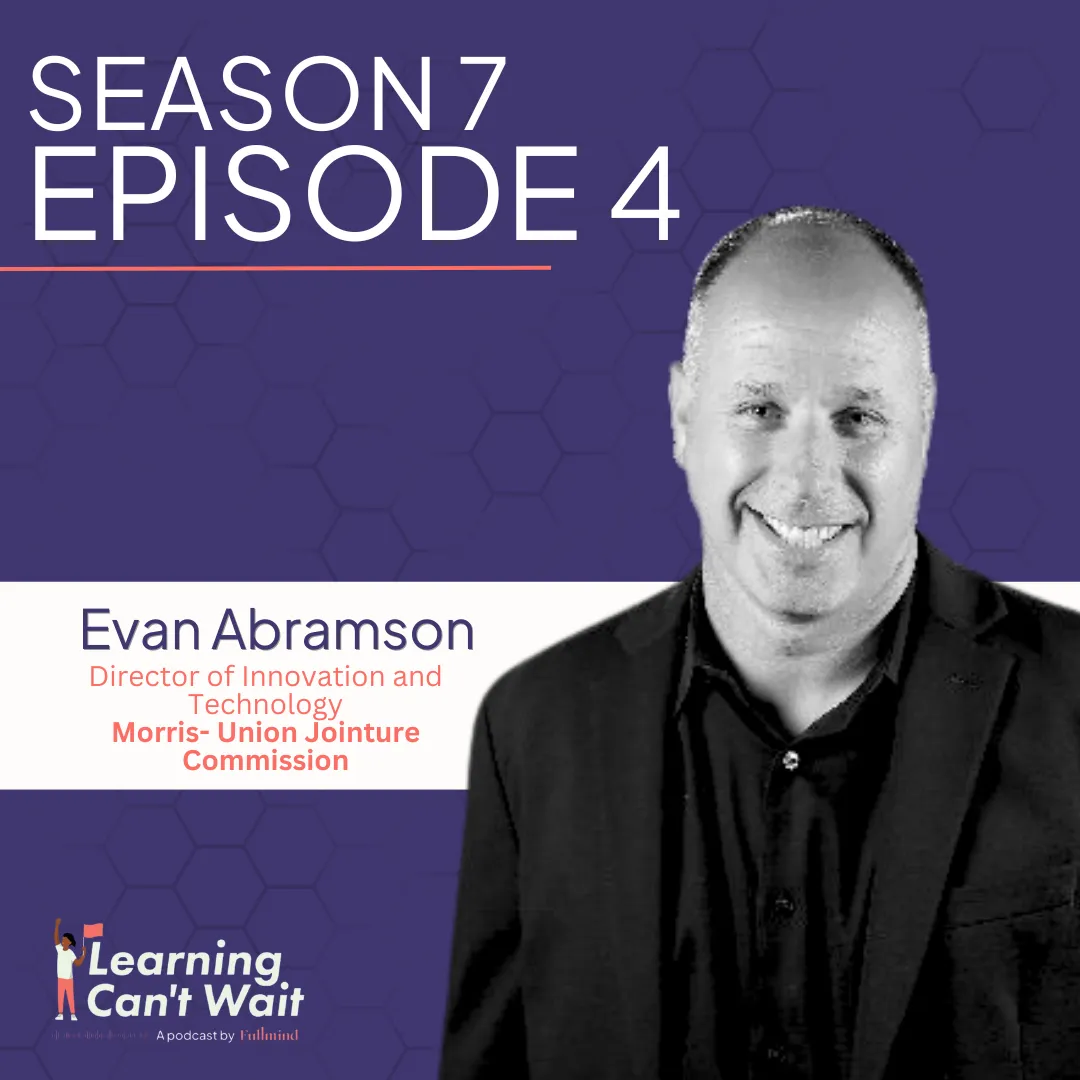

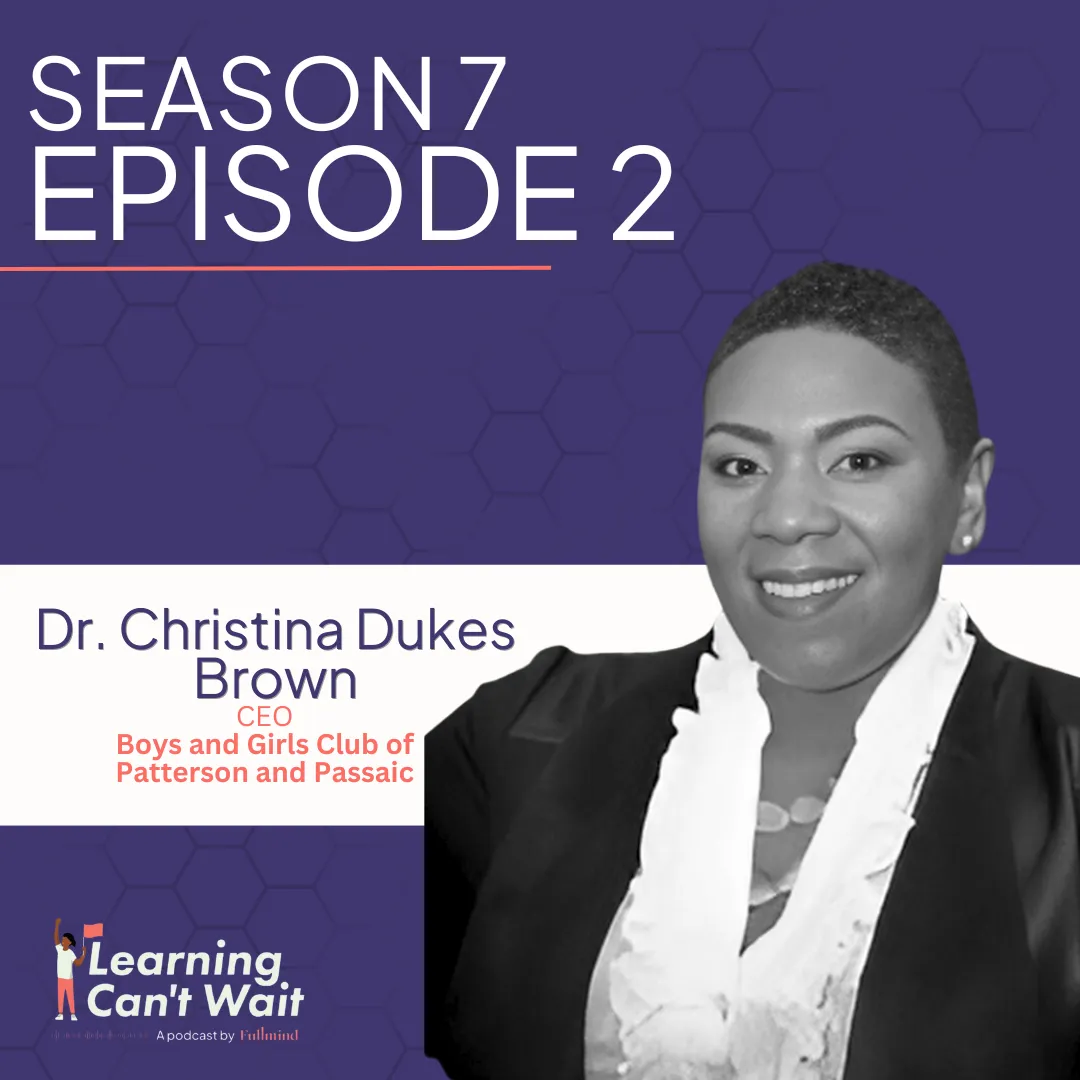
.webp)


.webp)


.webp)